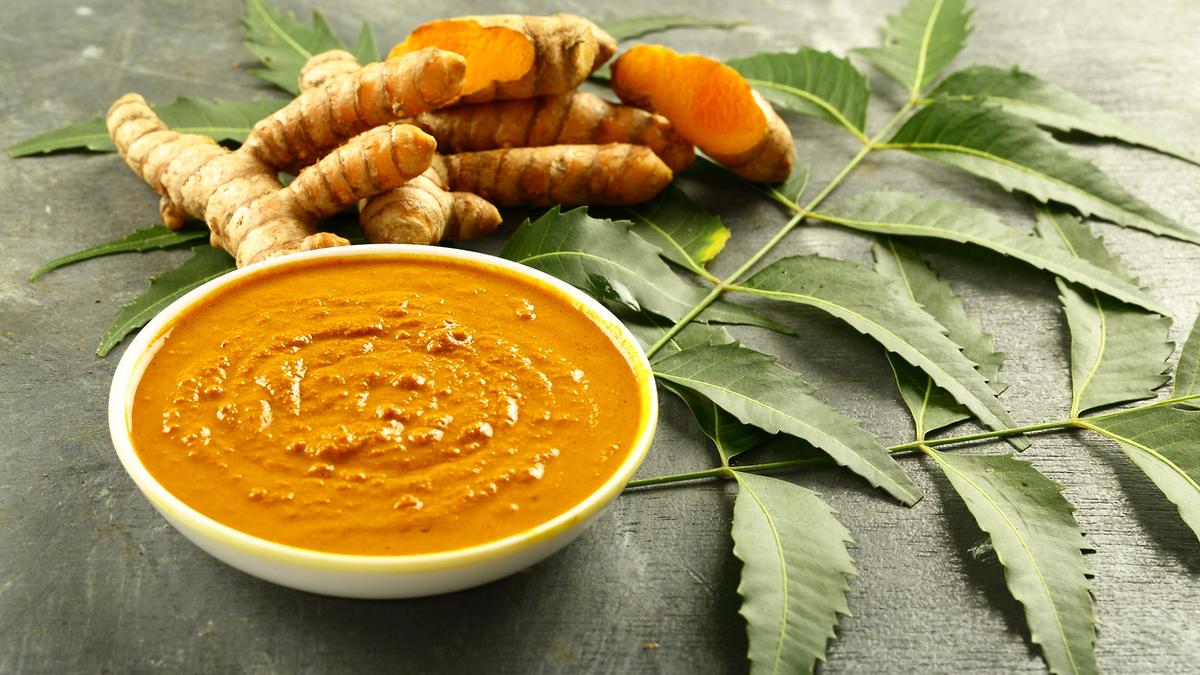
Ayurveda Biology in NET: Jagadesh Kumar explains why; some experts add caveats Premium
The Hindu
UGC Chairman M Jagadesh Kumar says including Ayurveda Biology, which seeks to apply evidence-based methods to Ayurveda concepts and formulations, on NET list will promote interdisciplinary research. Some experts warn against promoting ‘myth and imagination’ such as dosha concepts.
Based on recommendations from an expert committee, the University Grants Commission (UGC) has decided to include Ayurveda Biology on the list of subjects from December 2024 onwards. The UGC conducts the National Eligibility Test (NET) through the National Testing Agency (NTA), twice a year, in June and December. Inclusion of a subject on the list would qualify test takers for research and faculty positions in it.
Ayurveda Biology seeks to apply modern evidence-based science to traditional knowledge. The syllabus for Ayurveda Biology, as released on the UGC-NET website, has ten units, the first five of which focus on the concepts of Ayurveda and the rest, modern biology. Apart from the history and fundamental principles of Ayurveda, the syllabus covers key Ayurveda concepts such as Sharira Rachna and Kriya as well as Ayurvedic Pharmacopoeia. The second half of the syllabus focuses on contemporary science topics such as Microbiology, Immunology, Genetics and so on.
Explaining the reasons for the UGC decision, M. Jagadesh Kumar, Chairman, UGC, told The Hindu that facilitating research is a key aim. “The possibilities for research in Ayurveda Biology are enormous. Aspirants can conduct clinical trials to investigate the efficacy of Ayurvedic treatments and formulations. It is also possible to study the effects of Ayurvedic herbs and formulations on various physiological systems,” he says.
Mr. Kumar said that Ayurveda Biology researchers can help in developing methods to standardise Ayurvedic preparations and ensure that they are of high quality. Inclusion on the list is an extension of the National Education Policy 2020’s emphasis on interdisciplinary research. “Collaborating with researchers from other fields, such as biochemistry, genetics, and microbiology, can help explore Ayurvedic principles. This will promote interdisciplinary research. Integrating Ayurveda Biology knowledge into clinical practice can help in collaborating with other healthcare professionals, and providing patient care by existing and upcoming health professionals,” he said.
While the UGC NET list has historically been a place for arts and humanities subjects, the CSIR NET focuses on strict science. Prof. Jagadesh Kumar says, in the beginning, the UGC NET did focus on arts and humanities but it has evolved to incorporate a wider range of subjects. “If you look at the list, there are some 28 subjects that fit within what we generally call strictly science and provide ample opportunities for candidates in the science stream. Subjects like Indian Knowledge Systems (IKS) are also included on the UGC NET list to encourage research and scholarship in these areas. We must recognise their cultural and intellectual significance. IKS is conceived as an integrated theme across different disciplines, just like Ayurveda Biology,” he adds.
Welcoming the inclusion, Subhash Chandra Lakhotia, BHU Distinguished Professor (Lifetime) and SERB Distinguished Fellow Cytogenetics Laboratory, however, said the issue is that the teaching of Ayurveda that has been going on in the traditional BAMS course is very poor. “With Ayurveda Biology, Ayurveda students can move a notch up by acquiring a scientific background and applying modern science to traditional knowledge,” he says.
But, Mr. Lakhotia cautioned that Ayurveda Biology will be useful only if teaching and examination are based on facts, not myths and imagination. He approved the NET syllabus for Ayurveda Biology but said that requiring students to learn concepts like Sharira Kriya along with contemporary physiology can cause confusion. “Students need to be informed about the historical nature of the first component,” he said.





















 Run 3 Space | Play Space Running Game
Run 3 Space | Play Space Running Game Traffic Jam 3D | Online Racing Game
Traffic Jam 3D | Online Racing Game Duck Hunt | Play Old Classic Game
Duck Hunt | Play Old Classic Game











